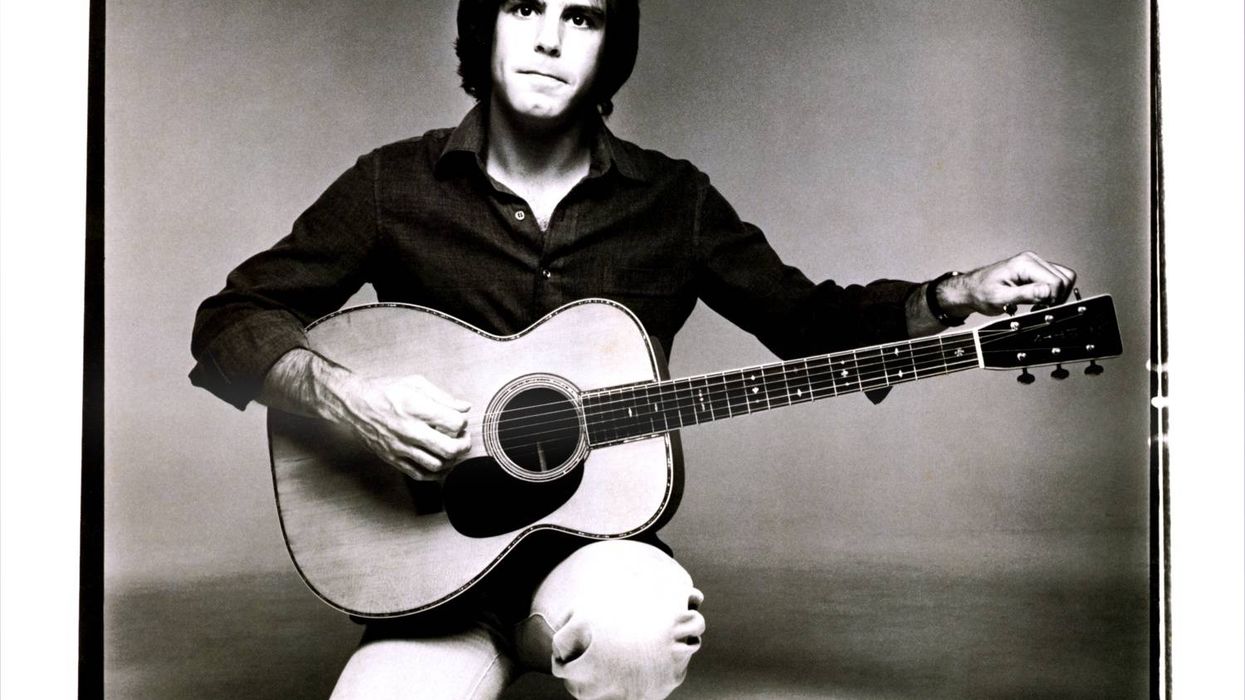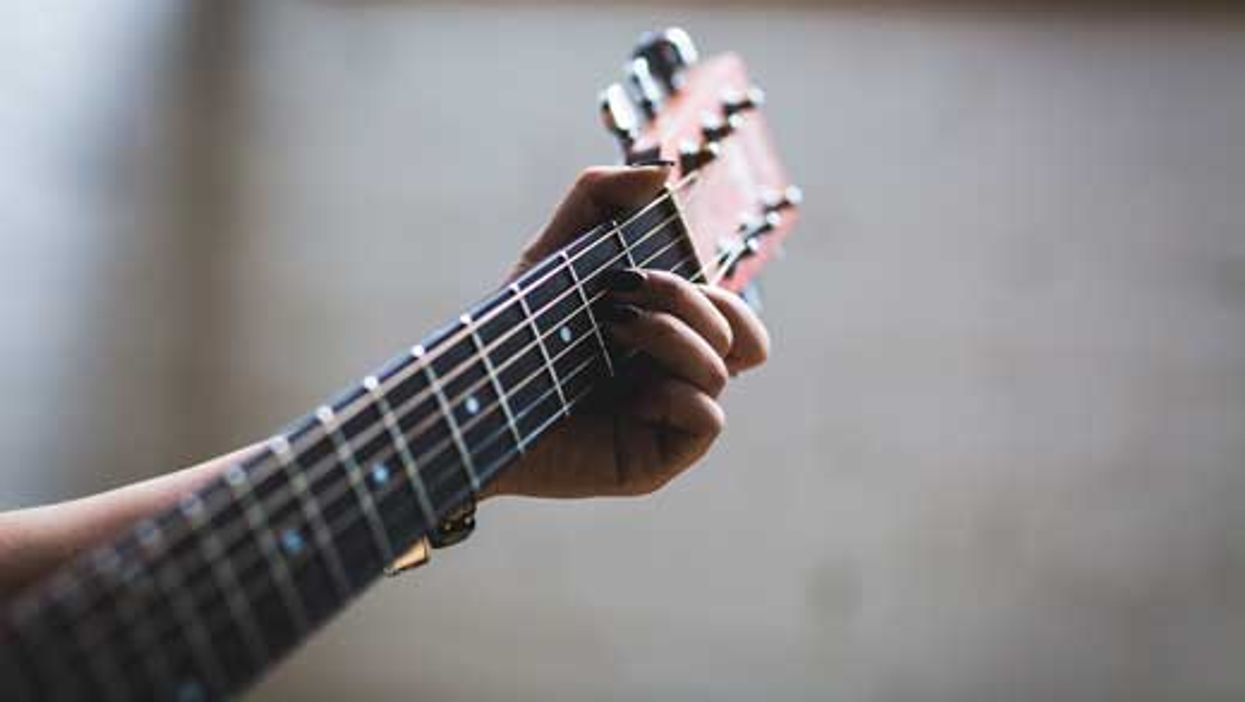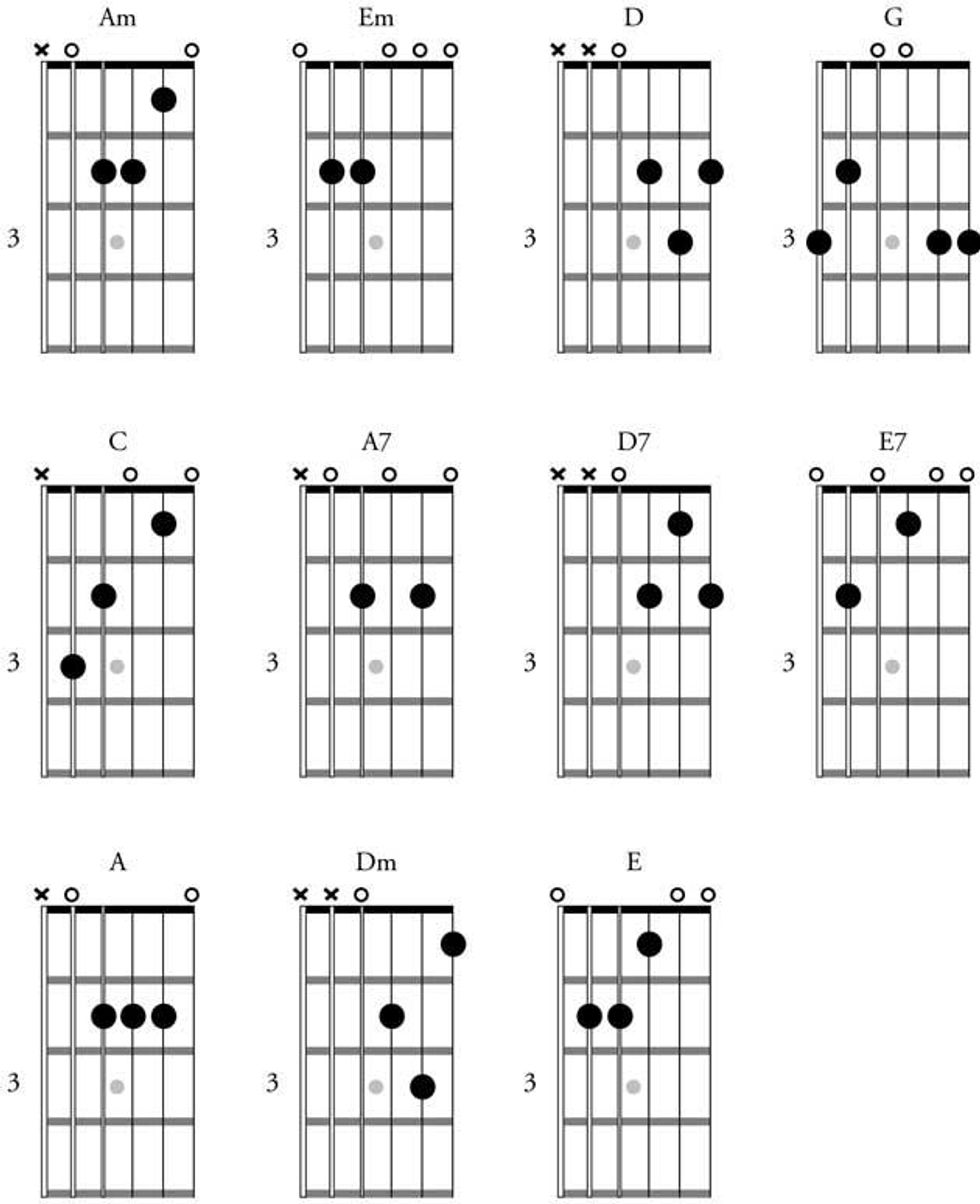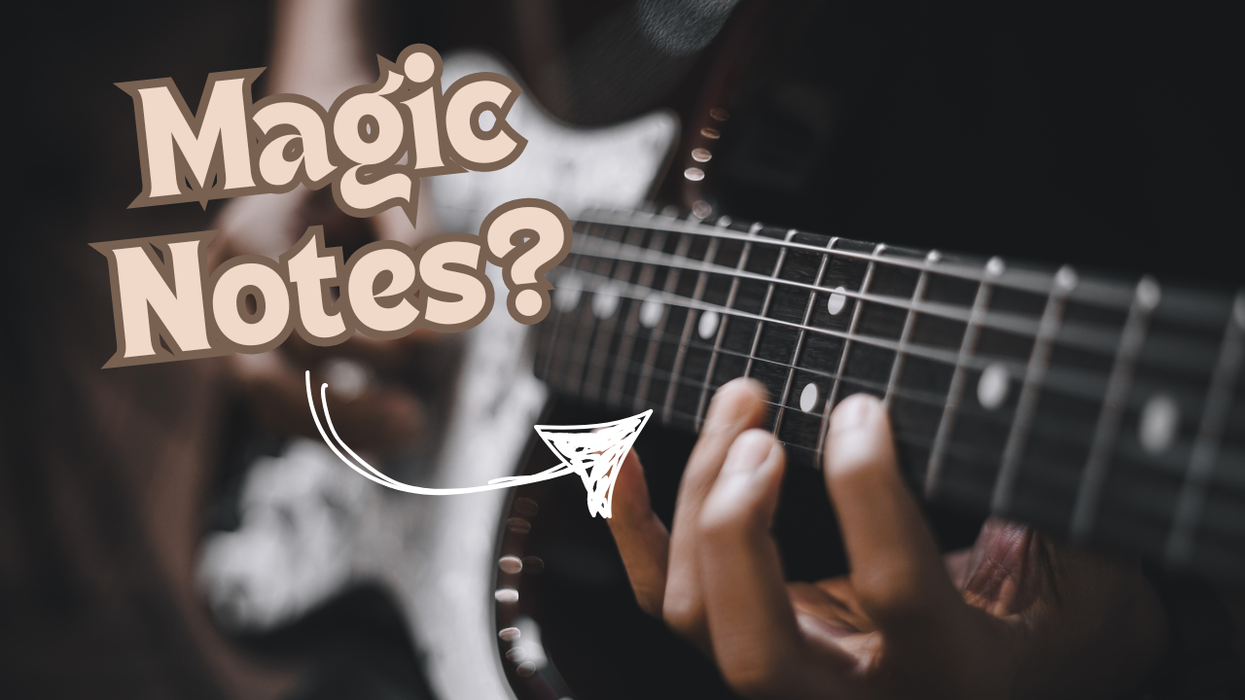Chops: Intermediate
Theory: Intermediate
Lesson Overview:
• Learn how to use repetition to accompany a melody.
• Understand the origins of the pedal point.
• Create ostinatos in various registers. Click here to download a printable PDF of this lesson's notation.
The art of playing phrases made of repeated notes is a subtle one. Many composers are known for using this compositional device, and it appears in the classical, jazz, pop, blues, folk, and rock repertoire. There are many different technical terms to define such repetition. In this lesson, we’ll focus on two types: ostinatos and pedal points.
A pedal point is a note sustained through harmonic changes, and it is typically the lowest note in a passage. The term originated from pipe organs, which are equipped with a set of footpedals to play low, sustaining notes while the organist fingers melodies and harmonies on standard keyboards. This hands-and-feet approach creates a unique harmonic effect. The root and the fifth degrees of a given key are the most common notes of choice to create this sound. In Ex.1, you can see how to play a pedal point using the root and descending diatonic triads in the key of D major.
Click here for Ex. 1
Also in the key of D major, Ex. 2 uses ascending alternating G and A triads with a pedal point on the 5 (A).
Click here for Ex. 2
In addition to the bass pedal point, there are two other types I’d like to show you. The inverted pedal is when the repeated note is in the top voice. Ex. 3 is an inverted pedal that uses the root on top of the voicing.
Click here for Ex. 3
Next, let’s apply this idea to a chord progression. Many jazz standards are made up of IIm–V7–I progressions. In Ex. 4, you can see how I use a common melody note, first a G, then an F, to play through a progression in D minor and then a progression in C major.
Click here for Ex. 4
When the common note is in the middle register, it’s called an internal pedal. In Ex. 5, I keep a D in the middle voice throughout the progression.
Click here for Ex. 5
There are many, many compositions that use this technique. Musicians as diverse as Bach, Van Halen, Coltrane, and Zeppelin have featured pedal points in their songs. Here are a few examples:
“Toccata and Fugue in D Minor” by J.S. Bach, played by Michael Fix
“Jump” by Van Halen
“Naima” by John Coltrane
The next group of examples feature ostinatos—short melodic phrases, shapes, fragments, or rhythmic patterns that are repeated. This could be a bass line, a set of arpeggios, or even just what a drummer is playing on the bass drum. In Ex. 6, you’ll see a riff that wouldn’t be out of place in an ’80s pop-rock song. We’re in the key of E, and the bass line plays a simple root-based pattern while a constant melodic figure sits on top.
Click here for Ex. 6
We’re in the key of G minor in Ex. 7, and I added an Eb for some increased tension. In the first half of the example, the melody lives in the bass and then moves to the top note for variety.
Click here for Ex. 7
Of course, ostinatos don’t have to be limited to a single note. In Ex. 8, I’ve created a two-note ostinato (first C and A, then D and Bb) to round out a triplet while the lowest note shifts underneath.
Click here for Ex. 8
For Ex. 9, I’ve taken the same notes from the previous example and played them in a different time signature (3/4) and in a different rhythmic grouping (16th-notes).
Click here for Ex. 9
Sometimes, ostinato pitches can be slightly adjusted to work over the harmony. Here’s my arrangement of a famous Civil War melody, “Aura Lee” (Ex. 10). The song was originally published in 1861 as “Aura Lea,” and later recorded by Elvis Presley with different lyrics and under the title “Love Me Tender” in 1956. The first half is in the key of G and uses the root as a pedal point. Then, it modulates to the key of A and uses a two-note ostinato with some harmonic adjustments to fit the chord progression.
Click here for Ex. 10
Ostinatos are everywhere in music. Go listen to Radiohead (“No Surprises”), Coldplay (“Clocks”), Snow Patrol (“Chasing Cars”), or even Stravinsky’s The Rite of Spring and try to pick them out.
Now it’s time to create your own ostinatos and pedal-point harmonies and lines—just make sure you don’t overuse them.







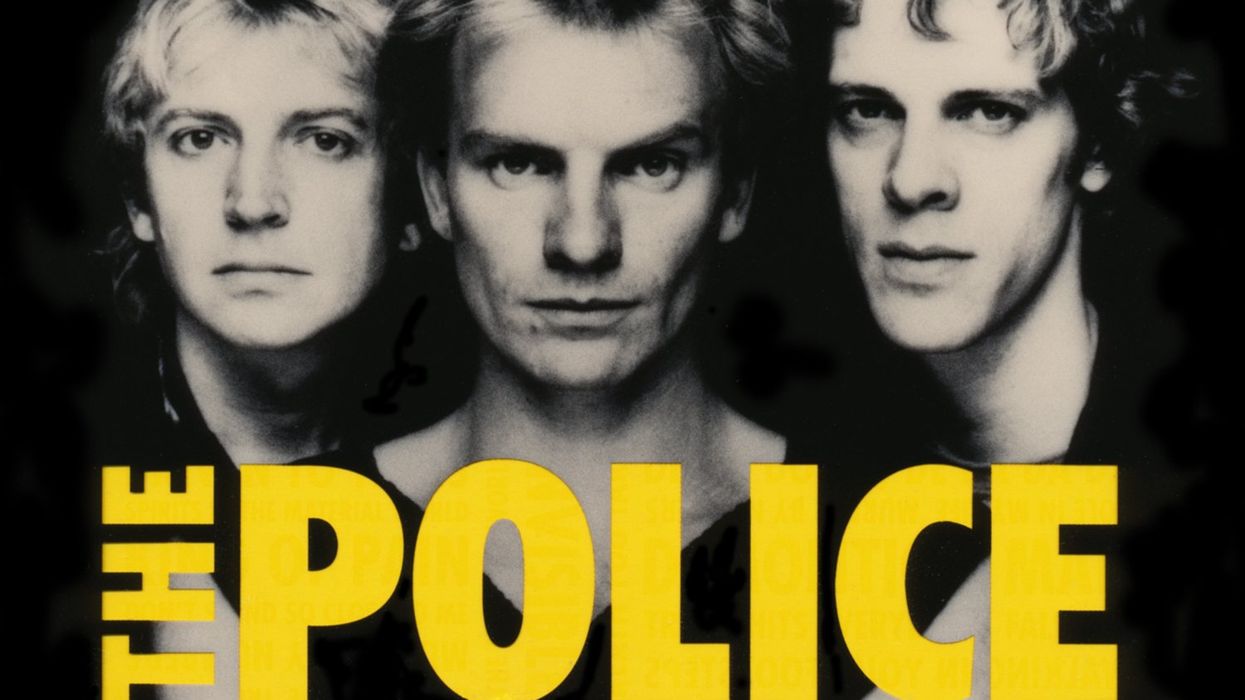

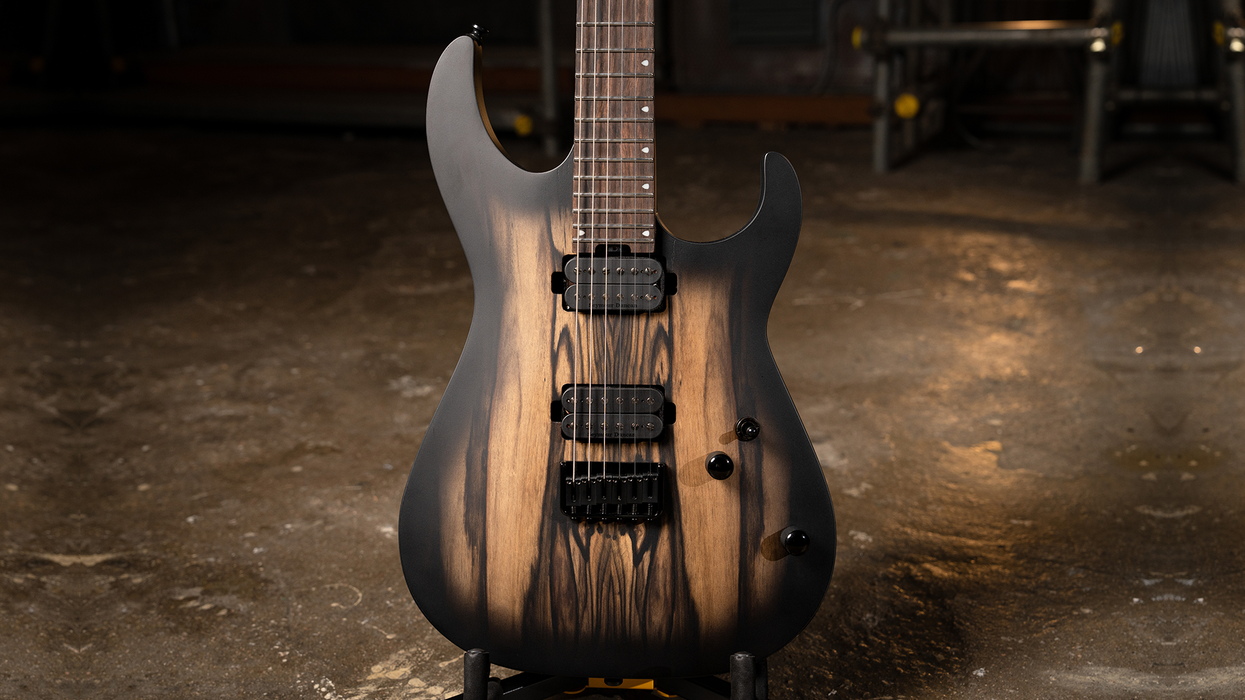

![Rig Rundown: Russian Circles’ Mike Sullivan [2025]](https://www.premierguitar.com/media-library/youtube.jpg?id=62303631&width=1245&height=700&quality=70&coordinates=0%2C0%2C0%2C0)




